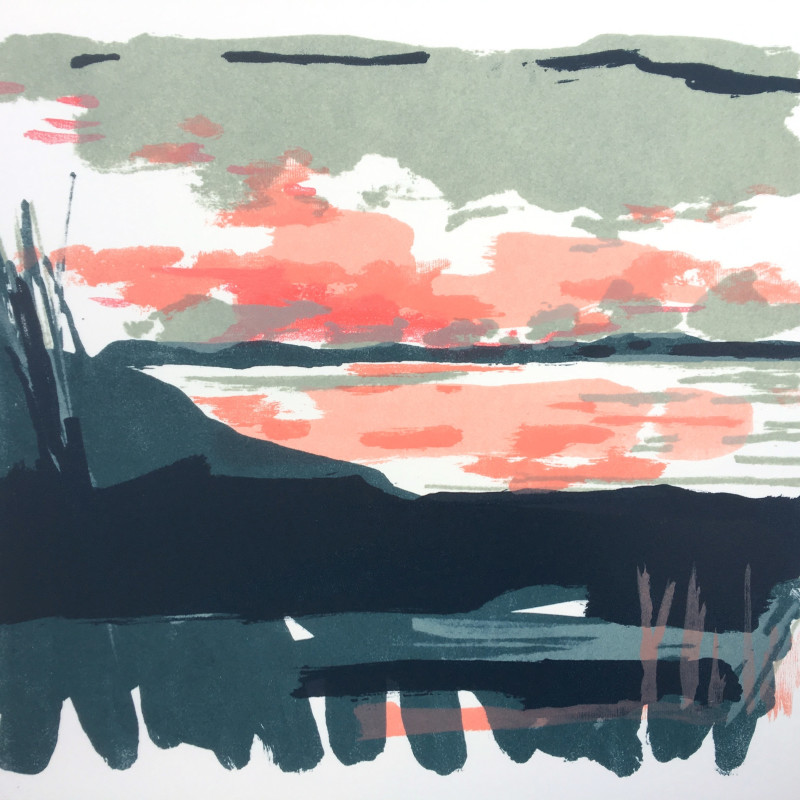Lithography
A printing process, developed in Bavaria in c1 796 by Alois Senefelder, which relies on the antipathy of grease and water. The image is drawn onto a limestone block or special metal plate, using a greasy crayon or ink (tusche). The greasy image is chemically fixed to the stone/plate allowing the colour of the crayon/ink to be washed off the stone/plate before printing commences. The stone/plate is then dampened with water and rolled with oil-based ink. The oily ink adheres to the grease of the image areas and is repelled by the water in the non-image areas of the stone/plate. Under the pressure of a special press, the image is printed onto paper. Each colour requires a separate stone/plate and a separate print run. There are also photographic litho processes.
The technique became popular with French artists including Toulouse-Lautrec in the 1890s and was widely used by 20th century artists. The technique lends itself especially well to subtle painterly marks and effects made with crayons and brushes.
